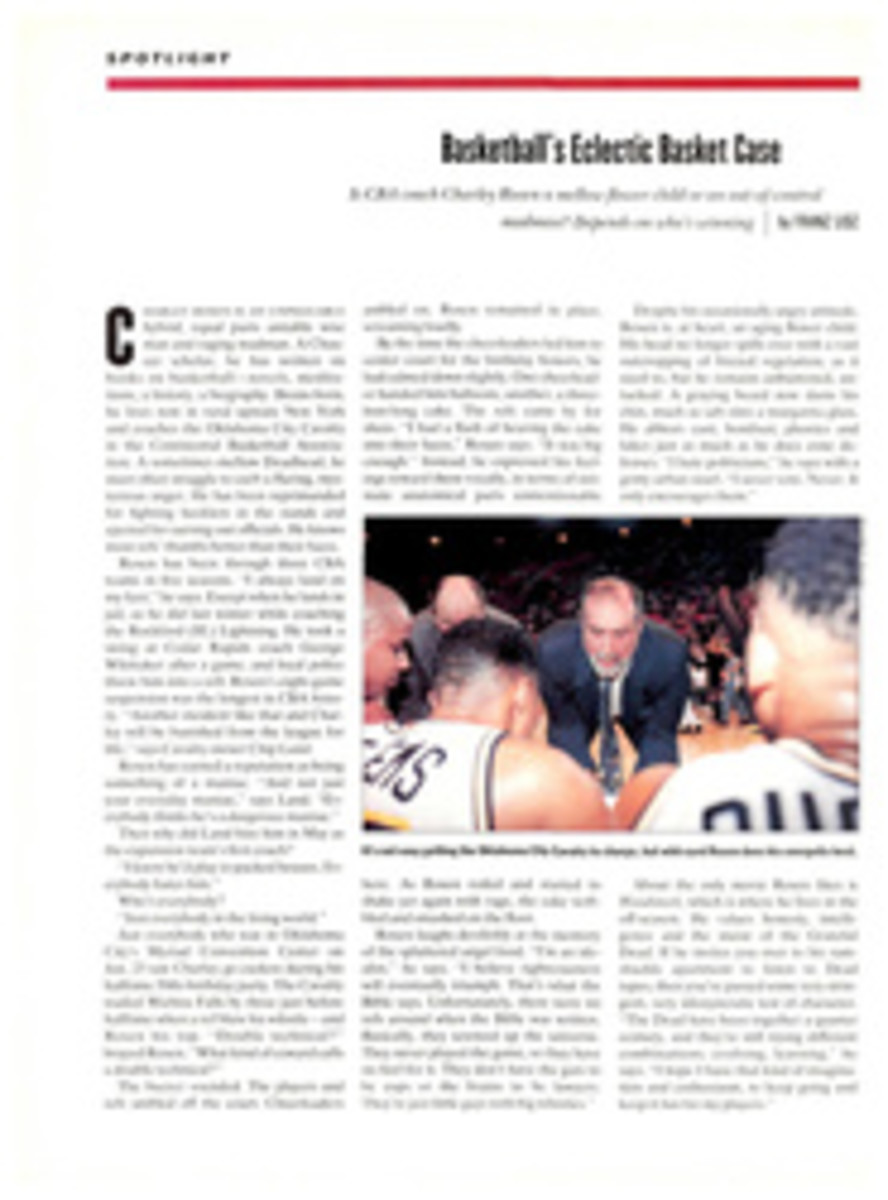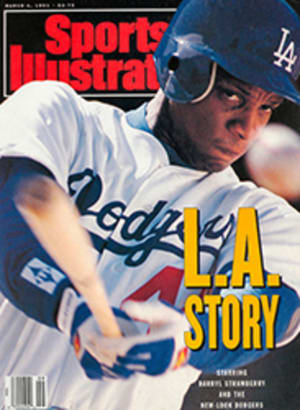
A Yen for Baseball Cards
Want to trade yourSadaharu Oh card? No way? Well, how about your Shigeo Nagashima for, say, CecilFielder? Still no? O.K., how about Nagashima for Fielder, Warren Cromartie, BobHorner and Larry Parrish?
Fact is, you couldthrow in the cards of Orestes Destrade and Willie Upshaw, two other formermajor leaguers who have played in Japan, and you would still have a difficulttime finding a 10-year-old Japanese baseball fan to cut a deal with you.Youngsters in Japan are becoming as enamored with baseball cards as theircounterparts in the U.S. are. The one new factor in dealing is home-team or,rather, home-country loyalty.
Baseball cardswere introduced in America 100 years ago as a lure to get fans to purchaseconsumer products like tobacco and candy. Not until the late 1940s didmanufacturers begin featuring the cards as the main attraction. According toLarry Fuhrmann, general manager of Kobe-based International Sports Management& Consultants, and perhaps the leading authority on Japanese baseballcards, the business in Japan is evolving in a similar fashion.
Japanese baseballcards were introduced in the '30s and '40s on a limited basis, and like theoriginal U.S. cards, they continue to be used as a come-on for other products.For example, the country's leading cardmaker, Calbee, attaches individuallywrapped baseball cards to bags of potato chips. Because the card is on theoutside of the package, someone could easily remove it without shelling out the40 yen (31 cents) for the potato chips. "But that's not a problem inJapan," says Fuhrmann. "Kids just don't do that kind of thing."
Other card usershave included Kabaya-Leaf candy, Jintan gum, Kobai caramel, Lotte gum andMermaid jellied candies. One company, Takara, sells a pack of cards as part ofa dice game. The Japanese cards have come in different shapes and sizes,although Calbee is beginning to print them in about the same dimensions as theU.S. variety.
Not every playerin the Pacific and Central leagues, the equivalents of the American andNational leagues, appears on a card. Only stars make it, and the cardmanufacturers—not the teams, the players or the sportswriters—determine who isa star. "In some cases, even being a big star is no guarantee that yourface will appear on a card," says Furhmann.
Even though theJapanese are very enthusiastic about baseball, card collecting there is stillin its infancy. The most sought-after card in the U.S. is probably the HonusWagner issued by Sweet Caporal cigarettes around 1909. One of those itemsrecently sold for $115,000 at auction. By contrast, a 1973 Nagashima fromCalbee and a 1967 Oh from Kabaya-Leaf, two of the most coveted Japanese cards,probably would fetch about $400 and $500, respectively.
"Young peoplein Japan are brought up to idolize studious role models, such as people inwhite-collar professions," says Robert Whiting, author of You Gotta HaveWa, a book about baseball in Japan. "Professional baseball players areconsidered to be part of the lower class and not to be emulated by Japan'syouth. Kids talk about baseball cards there, but not yet in the same mannerthat American kids clamor for baseball cards."
Japanese kids havea problem in common with American kids—mothers. Says Fuhrmann, "In Japan,where space is at a premium, if a mother finds boxes of baseball cards takingup valuable room in the hall closet or attic, out they go."
Maybe that's whyso few of the early Japanese cards are known to exist. Says Robert Klevens, acollector based in Davie, Fla., "The original Japanese baseball cards werevery crude by today's standards. The earliest ones were simple color drawingsof men playing baseball, and the cards rarely carried a company name or a yearon them." According to Klevens, who is also a U.S. dealer in Japanese cardsthrough his company, Sports Card Heaven, "Japanese cards didn't startshowing much sophistication until the 1950s."
Nonetheless,Fuhrmann foresees a time in the not too distant future when U.S. card dealerswill trade routinely with Japanese collectors. "Who knows?" he says,"maybe a Mickey Mantle will trade for a Hiromitsu Ochiai straight up.
"But don'tforget," he adds with a grin, "Ochiai won the Triple Crown three times,and Mick won it once."
Rick Wolff isdirector of sports books for Macmillan Publishing Company.
PHOTO
MASUMI KUWATA
PHOTO
CECIL FIELDER

